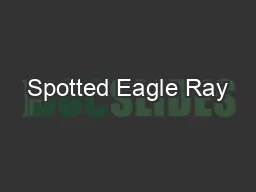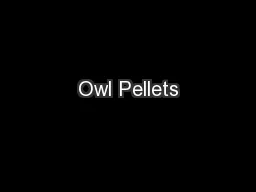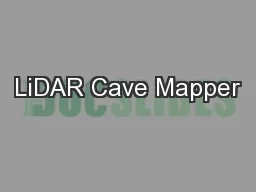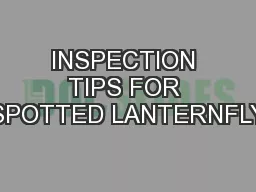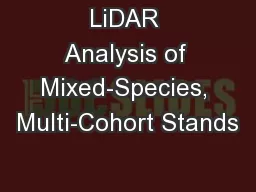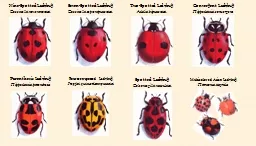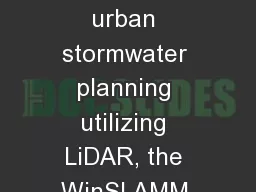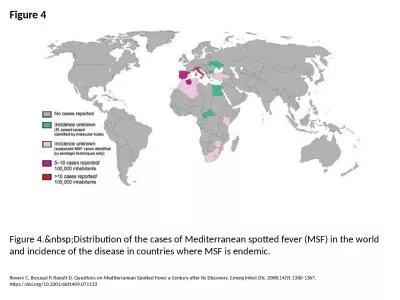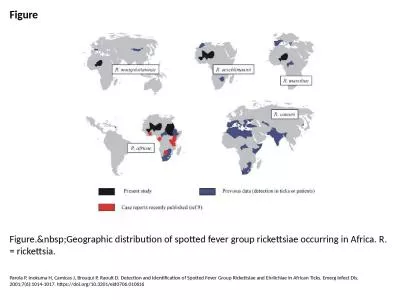PPT-Characterizing CA Spotted Owl Habitat with Lidar
Author : verticalbikers | Published Date : 2020-07-01
Jonathan Kane Malcolm North Van Kane Greg Asner Spotted Owls The Problem Not endangered yet but close Believed to love high gt70 cover forests Unfortunately these
Presentation Embed Code
Download Presentation
Download Presentation The PPT/PDF document "Characterizing CA Spotted Owl Habitat wi..." is the property of its rightful owner. Permission is granted to download and print the materials on this website for personal, non-commercial use only, and to display it on your personal computer provided you do not modify the materials and that you retain all copyright notices contained in the materials. By downloading content from our website, you accept the terms of this agreement.
Characterizing CA Spotted Owl Habitat with Lidar: Transcript
Download Rules Of Document
"Characterizing CA Spotted Owl Habitat with Lidar"The content belongs to its owner. You may download and print it for personal use, without modification, and keep all copyright notices. By downloading, you agree to these terms.
Related Documents


